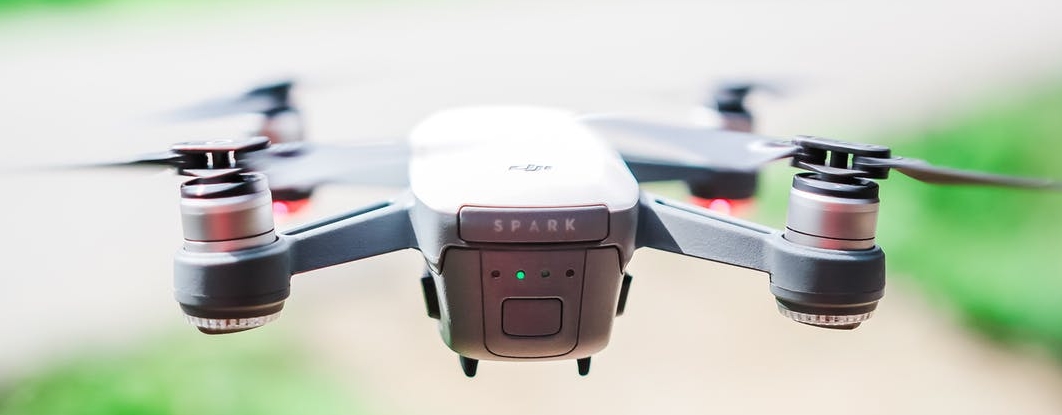With tech becoming smaller and cheaper, companies are cramming as much functionality as possible into more consumable platforms. One avenue of product development has been a mad dash away from the standard controllers associated with such devices.
One such example is DJI’s Spark Drone.
This tiny light-weight drone dispenses with a remote entirely and is controlled via gestures. Simply extending your arm left, right, up, or down will see the drone match your movements. You can even recall the drone and have it land in your hand simply by holding your palm outstretched.
Another example is Google’s Project Jacquard.
Project Jacquard is a wearable smart-jacket. Capacitive threads woven into the fabric of the left sleeve respond to the wearer’s touch and can be used to control their smartphone through running their finger over their cuff in different ways. You can even put it in the washing machine.
Hearables are essentially smart-earphones, with the most common use being for exercise.
The Jabra Elite Sport gives you real-time coaching from an AI assistant whilst measuring your heartbeat and running distance, along with the obligatory smartphone connectivity. Control via head gestures and haptic feedback are just some of the Zero UI methods employed.
The Zero UI market is growing, but how does it relate to a business’s online presence? Well, the most ubiquitous Zero UI devices are smart-speakers like the Amazon Echo and Google Home. These devices are frequently used for online shopping. How can you make sure your product is at the top of the list when an AI is doing the browsing? When there’s no catalogue page to show your product? What if you have your own proprietary smart device you want to connect to all these smart-speaker interfaces?
Check out Part 3 of our Zero UI series to see the eCommerce solutions to establishing a presence for Zero UI devices.

